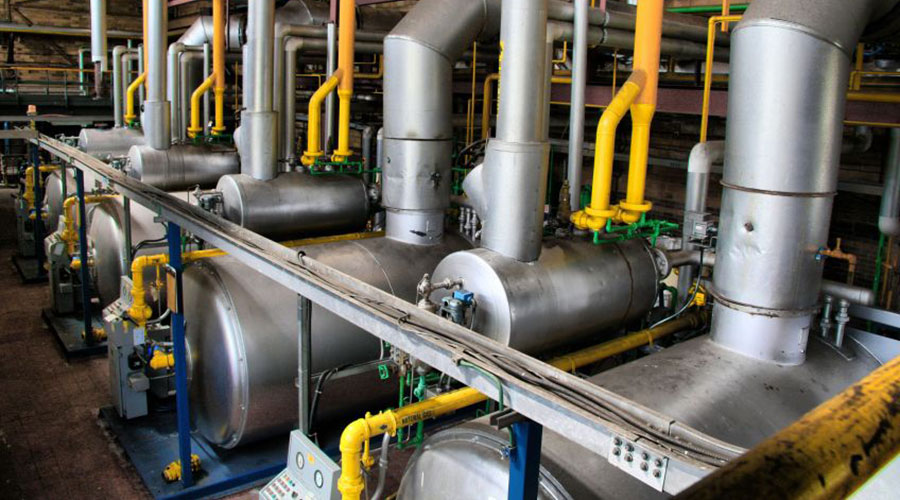Recuperative and regenerative burners
Best Available Technique (BAT)
BAT is to optimise the energy efficiency of combustion by relevant techniques.
Brief technical description
One major p roblem f or industrial f urnace he ating processes is t he e nergy losses. With conventional technology about 70 % of the heat input is lost though flue-gases at temperatures of a round 1300 °C. Energy savings measures therefore play an important role especially for high temperature processes (temperatures from 400 to 1600 °C).
Recuperative and regenerative burners have thus been developed for direct waste heat recovery through combustion air preheating. A recuperator is a heat exchanger that extracts heat from the furnace waste gases to preheat the incoming combustion air. Compared with cold air combustion systems, recuperators can be expected to achieve energy savings of around 30 %.
They will, however, normally only preheat the air to a maximum of 550 -600 °C. Recuperative burners can be used in high temperature processes (700 -1100 °C).
Regenerative burners operate in pairs and work on the principle of short term heat storage using ceramic heat regenerators. They recover between 85 -90 % of the heat from the furnace waste gases; therefore, the incoming combustion air can be preheated to very high temperatures of up to 10° -150 °C be low the furnace operating temperature. A pplication temperatures range from 800 up to 1500 °C. Fuel consumption can be reduced by up to 60 %.
Recuperative and regenerative burners (HiTAC technology) are being implemented in a novel combustion mode with homogeneous flame temperature (flameless combustion), without the temperature peaks of a conventional flame, in a substantially extended combustion zone.
Achieved environmental benefits
energy savings
Cross-media effects
The important constraint of state-of-the-art recuperative/regenerative burner technology is the conflict between technologies designed to reduce emissions and to focus on energy efficiency.
The NOx formation, for fuels not containing nitrogen, is basically a function of temperature, oxygen concentration, and residence time. Due to high temperatures of the preheated air, and the residence time, conventional flames have high peak temperature which leads to strongly increase NOx emissions.
Operational data
In the industrial furnace, the combustion air can be obtained at temperatures of 800 – 1350 °C using a high performance heat exchanger. For example, a modern regenerative heat exchanger switched to the high cycle can recover as much as 90 % of the waste heat. Thus, a large energy saving is achieved.
Applicability
Widely used
Economics
A drawback with these burners is the investment cost. The decreased costs for energy can rather seldom alone compensate the higher investment cost. Therefore, higher productivity in he furnace and lower emissions of nitrogen oxides are important factors to be included in the cost benefit analysis.
Driving force for implementation
Higher productivity in the furnace and lower emissions of nitrogen oxides are important factors.
Example plants
Widely used
 EE Metal
EE Metal




